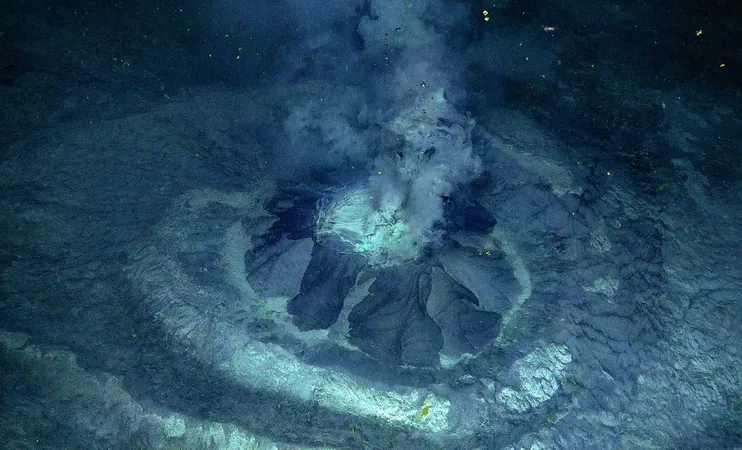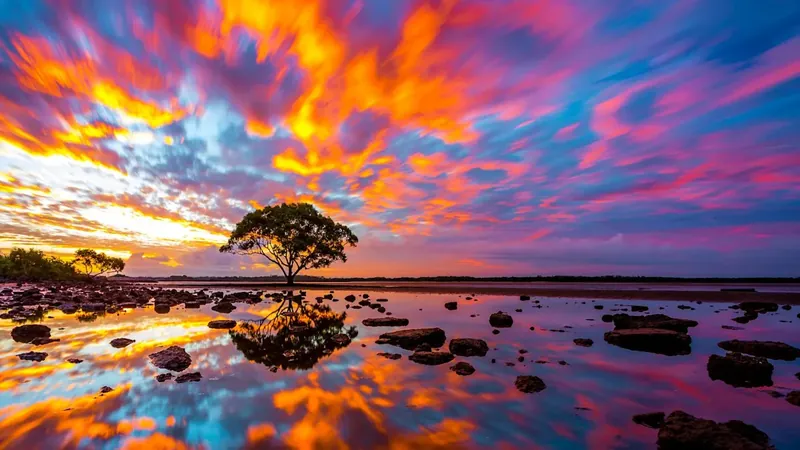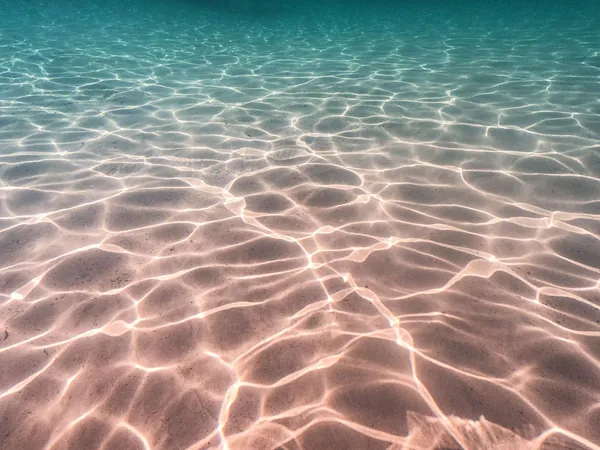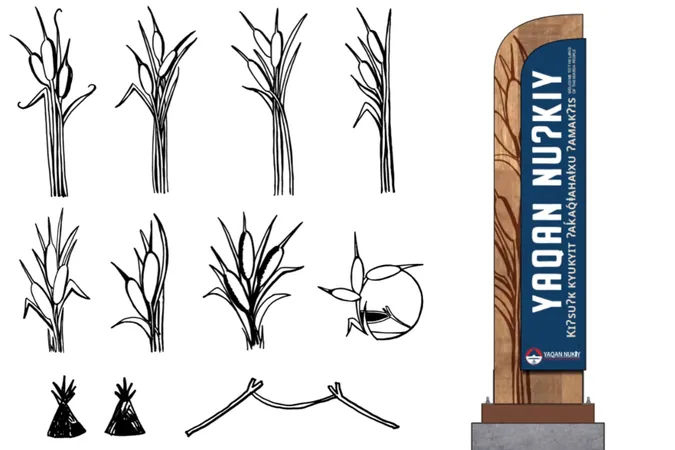
Unveiling the Hidden Gem: An Active Mud Volcano from the Ice Age Discovered in the Barents Sea!
2025-06-26
Author: William
A Hidden Geological Wonder Beneath the Waves
Deep beneath the frigid waters of the Barents Sea, a groundbreaking discovery has just been made—a mud volcano that dates back to the end of the last Ice Age! Situated roughly 70 miles south of Norway’s Bear Island, this extraordinary underwater feature has been hailed by Arctic explorers as a "hidden treasure."
A Game-Changing Find in Earth’s History
This monumental discovery came to light during a daring expedition led by experts from UiT The Arctic University of Norway. While probing the seabed, researchers stumbled upon a colossal crater believed to have emerged around 18,000 years ago as the Ice Age waned. Buried 400 meters beneath the surface, this submarine volcano, aptly named the Borealis Mud Volcano, is actively expelling mud and methane from the Earth's crust!
"Every time we venture down to the seabed, we feel like we’re just scratching the surface of understanding these incredible systems," shared Stefan Buenz, co-leader of the expedition. The Borealis Mud Volcano isn't just a geological marvel, it offers a rare window into Earth’s interior, revealing precious information about ancient environments and the forces driving our planet.
The Birth of the Borealis Mud Volcano
The formation of the Borealis Mud Volcano is thought to be the result of a post-Ice Age blowout, unleashing massive amounts of methane into the environment. Spanning 300 meters in diameter and plunging 25 meters deep, this crater is more than just a geological site; it’s a bustling ecosystem! Its rocky walls are teeming with marine life—from colorful sea anemones and starfish to corals and even carnivorous sponges.
The region’s unique carbonate crusts, formed over millennia, create a stable habitat, providing a safe haven for these diverse species amid human activities like trawling, which often devastate delicate deep-sea ecosystems.
Capturing Live Eruptions and Lessons for the Future
The research team was awestruck as they witnessed the volcano’s eruption in real-time. "Observing an underwater eruption is a stark reminder of just how alive our planet truly is," remarked Professor Giuliana Panieri, principal researcher of the expedition. The Borealis Mud Volcano illustrates the dynamic nature of Earth’s geological processes.
But there’s more to this discovery than just excitement over the past; it also bears crucial implications for the future. Alex Rogers, Science Director of REV Ocean, pointed out that these blowout craters serve as unique sanctuaries against human impacts, protecting fragile marine creatures like corals and sponges.
Eager to share her experience, Erasmus student Irena Violan exclaimed, "As someone who has only seen mud volcanoes on land, witnessing one on the seabed was incredible! The excitement was palpable within our team the moment we spotted it on screen. My first instinct? 'I want to dive in and feel it for myself!'�"









 Brasil (PT)
Brasil (PT)
 Canada (EN)
Canada (EN)
 Chile (ES)
Chile (ES)
 Česko (CS)
Česko (CS)
 대한민국 (KO)
대한민국 (KO)
 España (ES)
España (ES)
 France (FR)
France (FR)
 Hong Kong (EN)
Hong Kong (EN)
 Italia (IT)
Italia (IT)
 日本 (JA)
日本 (JA)
 Magyarország (HU)
Magyarország (HU)
 Norge (NO)
Norge (NO)
 Polska (PL)
Polska (PL)
 Schweiz (DE)
Schweiz (DE)
 Singapore (EN)
Singapore (EN)
 Sverige (SV)
Sverige (SV)
 Suomi (FI)
Suomi (FI)
 Türkiye (TR)
Türkiye (TR)
 الإمارات العربية المتحدة (AR)
الإمارات العربية المتحدة (AR)